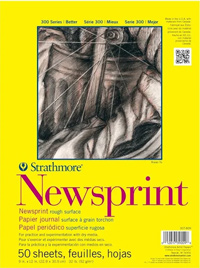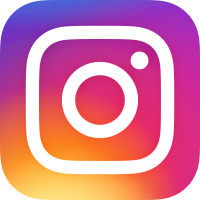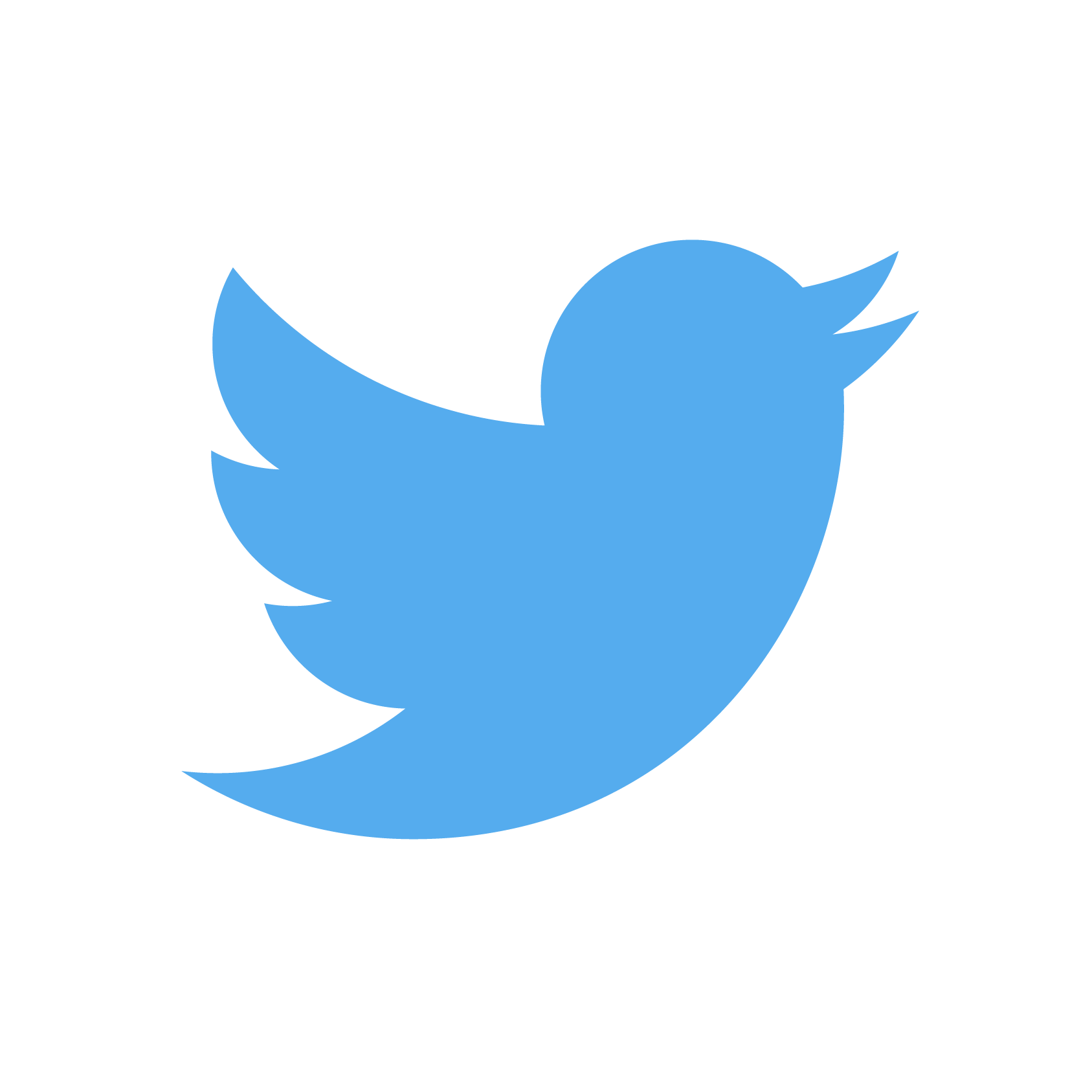Tips For Beginning Artists
The journey to becoming an artist is a long one, but starting on that journey can initially be overwhelming. To help ease this, I've compiled a guide for beginning artists on how to get started. Hopefully this saves you a lot of trial and error and frustration as you begin your creative process. This article will focus on drawing for beginners. If you'd like to jump ahead to digital paintings tips, click here. With that said, let's get to Tip #1!
TIP 1: Learn To Draw Correctly, Traditionally First!

OK, so you want to draw, and draw well. Who doesn't?!
While there's a lot of approaches to drawing successfully, there are some common similarities shared between artists on a natural way to draw. With that said, it's best to work traditionally in the beginning and focus on building a solid focus on good drawing techniques. I recommend sketching loosely at first, to try to get a feel of the subject matter, and slowly refining as you progress on your drawing. Working like this might not feel natural if you're just starting, I know it wasn't for me when I first began. Which is what brings me to my first recommendation if you're just beginning learning how to draw:
The Natural Way To Draw by Komin Nicolaides
This book is essential to learn how to draw naturally. It arms you with tons of techniques for successful drawing, and has some excellent exercises and walkthroughs for what to do. You'll improve significantly in just a matter of days by following this book, and more importantly, you will be learning techniques on how to draw in a professional manner. Highly recommended for new artists just starting their artistic journey.
TIP 2: Buy A News Print Pad

Good drawing comes from practice, practice, and more practice. Sketchbooks can be pretty expensive unfortunately, and you need to fill sketchbooks to improve your technique. So what to do? I highly recommend purchasing a large newsprint paper pad. They're usually extremely cheap and quite large, so you'll have plenty of room to do your studies. Newsprint papers can usually be purchased from art stores as well as online, so see what options works best for you.
Since this paper is inexpensive and comes with numerous pages, you won't have to worry so much about making perfect drawings. In fact, you want to do the exact opposite! Here you will be using this to practice good drawing techniques as well as the basics, so don't be afraid to just experiment! Make a habit of drawing straight lines freehand, simple shapes, etc. This paper works great with pencils as well, which is always a plus!
TIP 3: Start With The Basics - Shapes and Perspective
I recommend practicing gesture as well as basic forms when first starting out, as both of these elements can lead to successful figure drawing, which is essential if you're serious about becoming an artist. But we don't want to worry too much about drawing highly polished figures just yet. First, your focus should be on drawing basic shapes in three dimensions. Cubes, Spheres, Cylinders, etc. Get comfortable with these shapes, as they will soon be your best friend!
With a newsprint paper in hand, you can practice drawing these simple shapes over and over again. The more effort you put, the more it will pay off! To draw these shapes convincingly, it's highly recommended you study perspective. Fill up your sketches books with one, two, and three point perspective studies, drawing boxes in various eye levels and such. This will train you to think in three dimensions which in turn will help you draw the basic shapes convincingly in 3D space, and ultimately, full figures in 3D space which is the goal!
Speaking about 3D space, there's some great material available on perspective as well. My personal favorite is:
Perspective Made Easy by Ernest R. Norling
This is a great introductory book to perspective, and it starts off very easy and gradually gets more challenging as you progress through the book. Highly recommended!
TIP 4: Introduction To Figure Drawing
Once you're comfortable with basics shapes and line gestures, it's time to put it all together and create some figures! But where to begin? Luckily there's a ton of material available online and off on this subject, but the book I highly recommend in the beginning is:
Fun With A Pencil by Andrew Loomis
This book fulfills it's promise; You'll have an absolute blast with this, creating tons of fun faces, and eventually drawing convincing figures to bring it all together. Best of all, it teaches you how to think in 3D space which is essential for successful drawing. Once you've got that covered, on to:
TIP 5: More Figure Drawing!
Once you've gotten comfortable with combining basic shapes to illustrate a successful figure, it's time to apply a more refined approach. There is so much material on figure drawing that it can be overwhelming, but here are some recommendation:
Figure Drawing For All It's Worth - Andrew Loomi
'Morpho' Series - Michael Lauricella
TIP 6: Use A Wooden Mannequin!

To help you visualize the figure in 3D space, I highly encourage you to invest in a wooden mannequin. Most of them go for $10 or less, so check out your local art store or find one online in places such as Amazon
Mannequins already come with simplified forms, so you will become more and more comfortable with the figure in three dimensions the more study from it. You'll also be able to freely move the limbs in various directions, making it very handy for coming up with some unique poses!
Please note that one minor drawback to using a mannequin is the potential for some stiff poses, so I highly recommend you exaggerate the gesture and line of action when you initially draw it, and build from there.
TIP 7: Invest An Anatomical Figure

This is easily one of my best purchases I've made in regards to improving my technique. With this trusty figure, you can easily see the figure in 3D space as well as the muscle groups from any angle you wish. It comes in incredibly handy for sketching and I can't recommend it enough. It is a bit pricey however, but it's worth every penny. I recommend keeping it somewhere close to your when working, so it becomes a habit to reference it. I keep mine directly in front of my workstation, and I make heavy use of it particularly during the sketching phase. You will learn an incredible amount from it and I can't recommend it enough!
TIP 8: Practice Makes Perfect!
The best and probably most important advice I can give a beginning artist is to draw every day. The more time you invest into drawing, the better work you will be able to produce. It's as simple as that!
Try to make time in your day dedicated to drawing. Working professionally means working a significant amount of hours per day, so you will need to be able to discipline yourself to do this. Start off small. Try one or two hours a day, then work your way up from there. Take care of yourself as well, keep both your mental and physical health in top shape as that's what's most important, and will also help you in your art journey as well!
TIP 9: Final Recommendations
As stated previously, there is an incredible amount of resources available to learn from online and off. As a final recommendation, I recommend watching videos be it in a paid service or free via You Tube on drawing. Proko is a great resource for drawing figures, and ImagineFX has some great videos and articles on digital painting from various artists. 3DTotal is a great resource for artists as well; They have numerous books on Digital Painting, and tons of content such as figurines and mannequins available for purchase, definitely worth checking out!
And that's it! Becoming an artist is an incredibly rewarding journey, but it isn't necessarily easy. But if you work long and hard at your craft you will be amazed at the drawings and paintings you will be able to produce, so it's just a matter of practice. So get going, and more importantly, have fun! I hope you found this guide useful and should you have any questions, comments, or feedback, please feel free to contact me.
....................
Next: Tips On Digital Painting
......................
Back to the Top
Back To Tutorials





